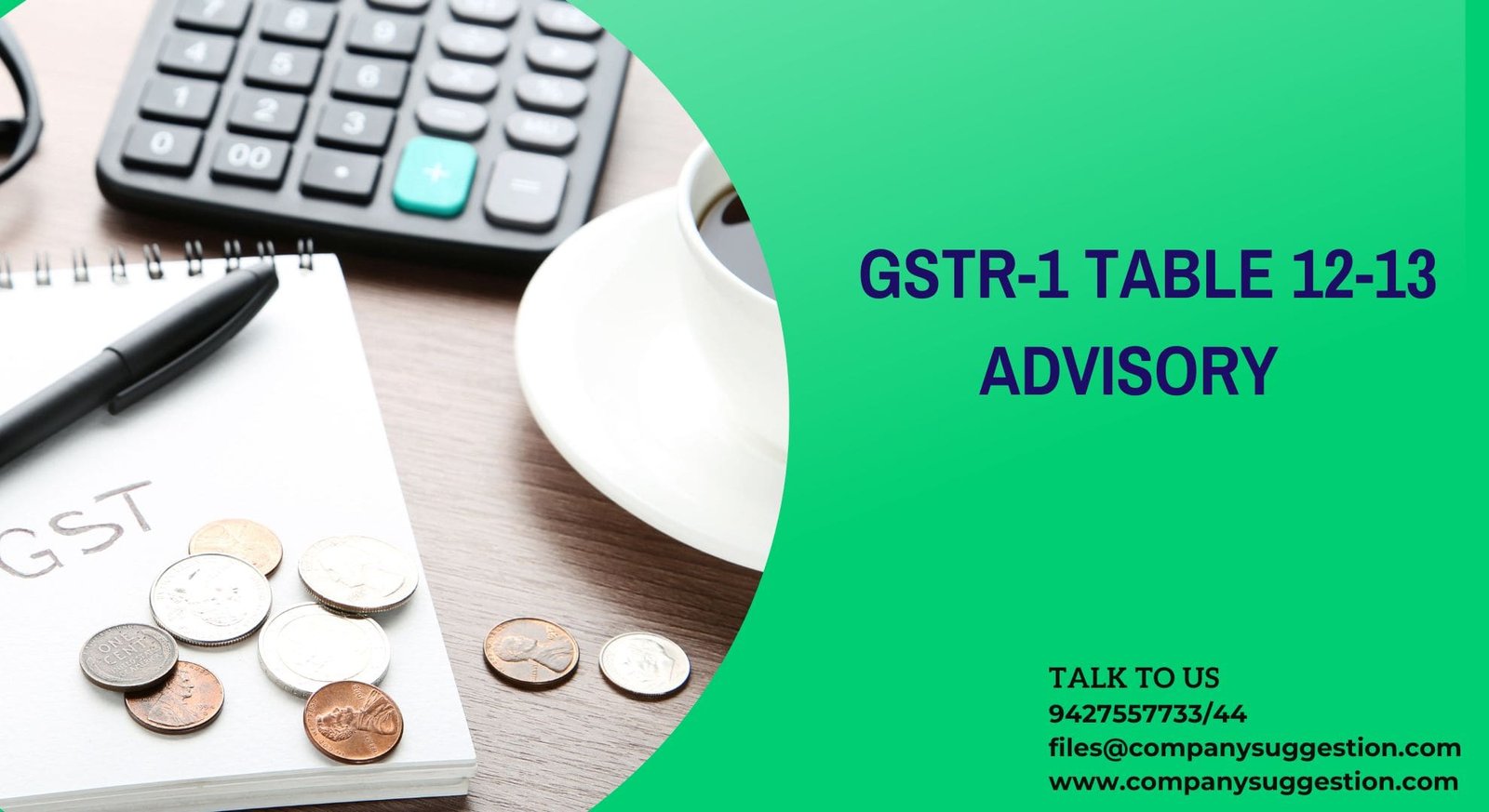Best Tax-Saving Investments in India in 2023
In 2023, there are several tax-saving investment option available in India under the Income Tax Act, 1961. These choices often leave people uncertain about which plan is most suitable for them, considering their risk tolerance and preferences. To assist you in making the right decision, we have compiled a table listing the top tax-saving investments. This table will help you select the best Tax-Saving Investment plan that aligns with your financial goals and risk appetite.
| Investment Option | Returns | Lock-in Period | Tax Benefits under Sections of IT Act, 1961 |
| Unit Linked Insurance Plan (ULIP) | Returns vary from plan to plan | 5 years | under Section 80C and Section 10 (10D) |
| Sukanya Samriddhi Yojana (SSY) | 8% p.a. | 21 years | under Section 80C, Section 10 (1D), and |
| Public Provident Fund (PPF) | 7.1% currently | 15 years | under Section 80C |
| Employee Provident Fund (EPF) | 8.15% p.a. | 5 years | under Section 80C |
| Senior Citizen Saving Scheme (SCSS) | 8.20% p.a. | 5 years | under Section 80C |
| National Pension Scheme (NPS) | 9% to 12% | Till Retirement | under Section 80C, Sec 80 CCD(1B), and Section 80 CCD(2) |
| National Savings Certificate (NSC) | 7.7% p.a. | 5 years | under Section 80C |
| Tax Saver FDs | 5.5% to 7.75% | 5 years | under Section 80C |
| ELSS Fund | Returns are subject to market fluctuations and the performance of the underlying investment portfolio. | 3 years | under Section 80C of the IT Act, 1961 |
| Life Insurance | Returns vary from plan to plan | Varies from plan to plan | under Section 80C and Section 10 (10D) |
Here are some tax-saving investment plans that individuals can consider to avail deductions under sections of the Income Tax Act, 1961:
1. Unit Linked Insurance Plan (ULIP)
A Unit Linked Insurance Plan (ULIP) is a financial product in India that combines insurance and investment features, providing both wealth growth and financial protection. It offers tax-saving benefits to individuals.
Regarding tax benefits:
Section 80C:
- Section 80C of the Income Tax Act, 1961 allows individuals to avail deductions of up to Rs. 1.5 lakh from their taxable income per financial year by investing in ULIPs.
- This provision enables taxpayers to reduce their tax liability effectively.
Tax-Free Death Benefit under Section 10 (10D):
- The amount received as a death benefit from a Unit Linked Insurance Plan (ULIP) is exempt from taxation.
- However, it is important to note that if you decide to surrender your ULIP before the completion of the 5-year lock-in period, the death benefit amount will become taxable.
Tax-Free Maturity Benefit under Section 10 (10D):
- If the total premiums paid throughout the policy term for a ULIP (Unit Linked Insurance Plan) do not exceed Rs. 2.5 lakh
- However, it’s important to note that if you surrender the policy before the completion of the mandatory lock-in period of 5 years, the maturity returns will become taxable.
2. Sukanya Samriddhi Yojana (SSY):
The Sukanya Samriddhi Yojana (SSY) is a government-backed savings scheme designed to support the well-being of the girl child and encourage parents to save for their daughter’s future education and marriage expenses. As part of the ‘Beti Bachao Beti Padhao’ campaign, SSY offers attractive tax benefits to investors.
Tax Benefits under Sukanya Samriddhi Yojana (SSY):
Tax Deductions under Section 80C:
- Investors have the opportunity to claim a tax deduction of a maximum of Rs. 1.5 lakhs per year for the amount they invest in Sukanya Samriddhi Yojana.
- This deduction falls under Section 80C of the Income Tax Act, 1961
Exemption from Interest Income under Section 10 (1D):
- One of the significant advantages of SSY is that the interest income earned on investments is entirely exempt from tax.
- Under Section 10(1D) of the Income Tax Act, 1961, the interest accrued on the SSY account is not added to the investor’s taxable income.
3. Public Provident Fund (PPF):
The Public Provident Fund (PPF) is a long-term investment scheme provided by the Government of India, offering attractive tax-saving opportunities to investors. Here are the key tax benefits associated with PPF:
Tax benefits associated with the Public Provident Fund (PPF):
PPF under EEE Category:
- PPF is classified under the Exempt-Exempt-Exempt (EEE) category.
- This means that the investment made in PPF, the interest earned on the investment, and the maturity amount received after the lock-in period are all exempt from taxation.
Section 80C Deductions:
- The complete sum invested in the Public Provident Fund (PPF) qualifies for a deduction under Section 80C of the Income Tax Act, 1961.
- Presently, individuals can avail a maximum deduction of up to Rs. 1.5 lakh per fiscal year.
Exemption from Interest Income:
- The interest earned on the PPF investment is also completely exempt from tax.
- The interest in the PPF (Public Provident Fund) account is calculated yearly and added to the account balance at the conclusion of each fiscal year.
Tax Exemption on Maturity Proceeds:
- The maturity proceeds of the PPF account, which include both the principal amount and the accumulated interest, are entirely tax-free.
- When investors withdraw the money at the end of the 15-year lock-in period, they are not required to pay any income tax on the amount received.
No Wealth Tax:
- The balance in the PPF account is not considered for wealth tax calculation.
- As a result, investors are not liable to pay any wealth tax on the amount invested in the PPF account.
4. Employee Provident Fund (EPF):
Employee Provident Fund (EPF) is a government-mandated savings scheme in India that offers significant tax benefits to both employees and employers. Here are the key tax benefits associated with EPF:
Tax Benefits under Employee Provident Fund (EPF):
Tax Exemption on Employee Contributions:
- Employees’ contributions to their EPF (Employee Provident Fund) account qualify for tax deduction under Section 80C of the Income Tax Act, 1961.
- This means that the amount contributed by the employee to their EPF account can be deducted from their taxable income, up to a maximum of Rs. 1.5 lakhs per financial year.
Exempt, Exempt, Exempt (EEE) Status:
- The interest earned on EPF contributions is completely tax-free.
- EEE status ensures that employees do not have to pay any tax on the interest earned on their EPF account.
Tax-free Withdrawal:
- Employees can withdraw their EPF balance after completing 5 years of continuous service.
- When an employee withdraws the EPF balance after meeting the 5-year service requirement, the withdrawal amount is entirely tax-free.
- However, if the withdrawal is made before completing five years of service, it becomes subject to taxation.
Employer Contribution:
- Employers are required to contribute to the EPF account of their employees as per the EPF rules.
- The employer’s contribution is not included in the employee’s taxable income, providing additional tax benefits to the employees.
5. Senior Citizen Savings Scheme (SCSS):
The Senior Citizen Savings Scheme (SCSS) is a savings investment option offered by the Government of India, exclusively designed to provide senior citizens aged 60 years and above with a secure and attractive investment avenue. Here are the key tax benefits associated with SCSS:
Tax advantages offered by the Senior Citizen Savings Scheme (SCSS):
Tax Deduction under Section 80C:
- The principal amount deposited in SCSS is eligible for a tax deduction under Section 80C of the Income Tax Act, 1961.
- Senior citizens can claim a deduction of the amount invested, up to a maximum of Rs. 1.5 lakhs per annum, from their taxable income.
Exemption from TDS:
- If the interest earned on the SCSS account is Rs. 50,000 or less in a financial year, no Tax Deducted at Source (TDS) will be deducted by the bank or post office where the account is held.
- If the interest earnings exceed Rs. 50,000, TDS will be deducted at the applicable rate.
No Tax on Maturity Amount:
- The maturity amount received from the Senior Citizen Savings Scheme is entirely tax-free.
- This means that the principal amount invested, along with the interest earned over the investment tenure, is not subject to tax when it matures.
6. National Pension Scheme (NPS):
The National Pension System (NPS) is a government-sponsored pension scheme aimed at providing individuals with a secure retirement savings option. NPS offers various tax benefits to incentivize people to save for their retirement.
Tax Benefits under National Pension Scheme (NPS):
Tax Deduction on Contributions under Section 80C:
- Employees contributing to NPS can claim a tax deduction of up to 10% of their salary, which includes basic pay and dearness allowance, under Section 80CCD(1) of the Income Tax Act, 1961.
- This deduction is part of the overall ceiling of Rs. 1.5 lakh available under Section 80CCE.
Additional Tax Deduction on Voluntary Contributions under Section 80CCD(1B):
- In addition to the deduction mentioned above, employees can claim an extra tax deduction of up to Rs. 50,000 on voluntary contributions made to NPS under Section 80CCD(1B).
- This additional benefit is also included within the overall limit of Rs. 1.5 lakh available under Section 80CCE.
Tax Exemption on Employer’s Contribution under Section 80CCD(2):
- The contribution made by the employer to the NPS account on behalf of the employee is eligible for tax exemption under Section 80CCD(2).
- Employees can claim a deduction on the employer’s contribution up to a specified limit as per the Income Tax Act, 1961.
Tax Exemption on Partial Withdrawal:
- Subscribers to NPS can make partial withdrawals of up to 25% of their accumulated corpus after being a part of the scheme for at least 60 months.
- The amount withdrawn as a partial withdrawal is exempt from tax.
Tax Exemption on Lump Sum Withdrawal:
- On retirement, subscribers can withdraw up to 60% of their accumulated corpus as a lump sum.
- The remaining 40% of the corpus is utilized to purchase an annuity, which provides a regular income stream for life.
Conclusion for Tax-Saving Investment
If you have any doubt regarding Tax-Saving Investment, then you can send your doubts on companysuggestion and our team of experts will guide you.












